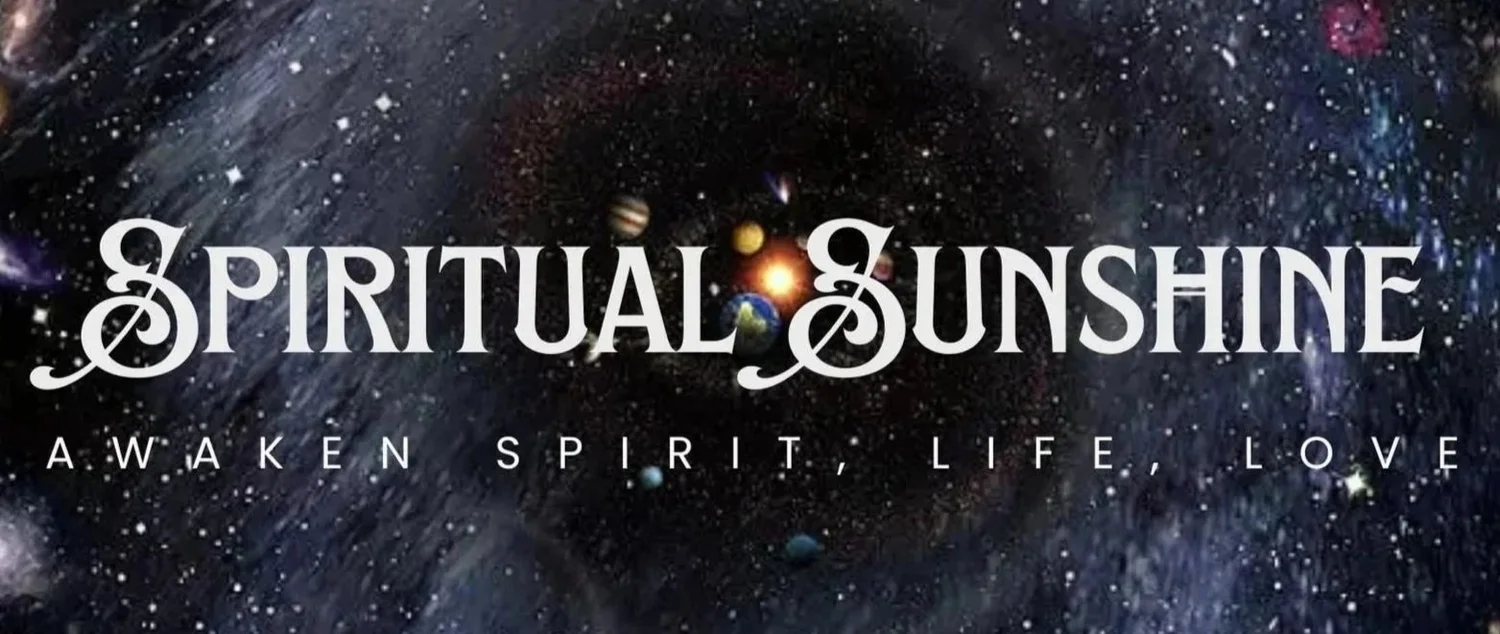
Read Our Written Sermons
grounded in a mystical, interfaith-Christianity inspired by Emanuel Swedenborg

Rise Above the Flood with Your Ark of Clarity & Compassion
Using the lens of parable to explore the story of Noah and the Ark, we can’t help but immediately reflect on those moments when we’ve been inundated by metaphorical flood waters ourselves – or think about the current state of the world in many ways. There’s a naturalness to many of scripture's use of metaphors that we tend to relate to, biblical and otherwise. Whether it’s David and Goliath, Adam and Eve, Mohammed on the mount, or Cain and Abel, we immediately internalize these characters and stories into life lessons and personal insights; just as we do when we hear Christ speaking about debtors and kings to uplift forgiveness, compassion, and spiritual insight. Noah and the Ark is another tale in this vein - a tale that strives to both literally and metaphorically uplift life and spirit! Indeed, just as in real life, we can connect the metaphor of a flood to the hardships of our spirit; what the Bible and other traditions describe as our harmful desires and tendencies toward selfish autonomy, fear, and hurtful actions.

The Bible’s 2nd Creation Story: Receive Divine Autonomy & Accept Your Eden Buddhahood
Swedenborg’s conception of the fall was vastly different than that of your average Evangelical Christian in that to him there’s no such thing as “original sin,” nor is that sin something that we carry from birth. However, being the scientist and mystic that he was, Swedenborg believed that we adopt many of the tendencies of our parents and cultures – both spiritually and physically, and are called to turn back to Divinity to the extent we feel disconnected and behave uncaring towards others and our environment. In this way, like many others, Swedenborg was similar to many Buddhists and it’s partly why a key Japanese originator of Zen Buddhism in the West (Suzuki) called him a Buddha.

Why the Bible has 2 Creation Stories: Let Go of Self to Reenter the Garden of Bliss
Many have asked the question, “Why do the Hebrew and Christian Bible’s have two creation stories, back-to-back?” It’s strange, right? And the typical guess seems to center on the possible Israelite history of bringing diverse cultures together and not being able to choose just one! Although this might be plausible, in-line with our approach toward the Bible as primarily spiritual parable, today we’ll explore the second creation story as a deeper tale about the peace, growth, and bliss we find once we’ve reached a state of Sabbath (the first creation’s seventh day) and truly allow Divinity to help us let go of our egoic sense of self and ownership.
